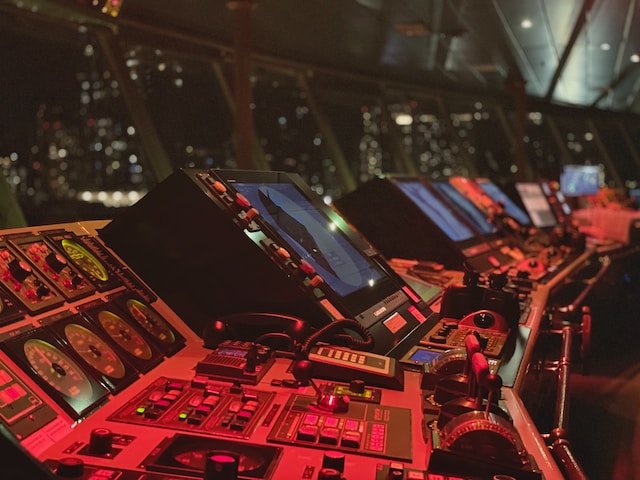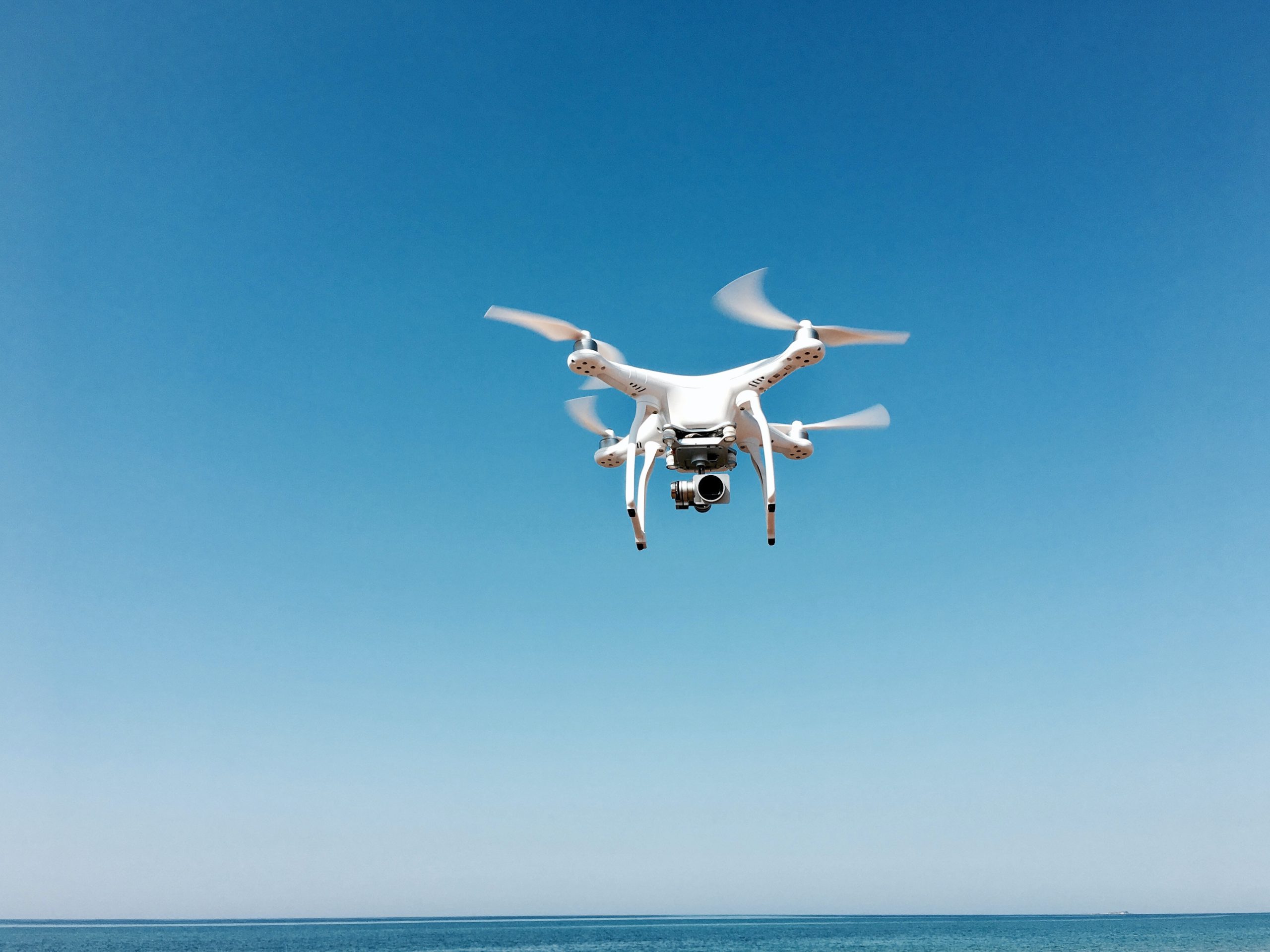Introduction
The vast oceans have always held a sense of mystery and adventure, but alongside their allure lies a lurking danger: piracy. The threat of piracy continues to pose significant challenges to maritime security, putting the lives of seafarers at risk and impacting global trade. In today’s interconnected world, safeguarding maritime vessels and crews has become more crucial than ever. This article delves into the realm of the best practices for Maritime Security to shed light on effective strategies, cutting-edge technologies, and collaborative efforts to combat this menace.
Heightening Awareness: Recognizing the Signs of Maritime Piracy
Understanding the Pirate’s Modus Operandi
To combat piracy effectively, it is vital to understand the tactics employed by pirates. By familiarizing ourselves with their modus operandi, we can recognize early warning signs and respond swiftly. Some key aspects to consider include:
- Covert reconnaissance missions by pirates to identify vulnerable targets
- Attack strategies such as boarding, hijacking, or hostage-taking
- Use of small, fast vessels to approach targets undetected
- Armed assaults with firearms, knives, or improvised weapons
The Importance of Enhanced Situational Awareness
Maintaining a high level of situational awareness is crucial for preventing piracy incidents. By implementing the following practices, vessels can improve their ability to detect and deter potential pirate threats:
- Utilizing radar and sonar technologies to monitor vessel traffic and detect suspicious activities
- Implementing a robust communication system to relay distress signals and receive updates on nearby vessels
- Training crew members to identify and report suspicious behavior or vessels
- Coordinating with regional and international maritime security organizations for real-time information sharing
Fortifying Maritime Defense: Effective Preventive Measures
Employing Armed Security Personnel
One of the most effective deterrents against piracy attacks is the presence of armed security personnel aboard vessels. These highly trained professionals can provide a formidable defense, discouraging pirates from attempting an assault. Their expertise and swift response capabilities can safeguard the crew, passengers, and cargo. However, it is essential to adhere to international laws and regulations when employing armed guards to ensure the safety and legality of their actions.
Implementing Secure Zones and Protective Measures
Creating secure zones within vessels and establishing physical barriers can impede pirates’ progress and buy valuable time for the crew to react. Some effective protective measures include:
- Installing anti-boarding measures, such as razor wire or electric fences
- Using hardened doors and windows resistant to forced entry
- Deploying non-lethal deterrents like high-pressure water cannons or acoustic devices
Collaborative Efforts: International Maritime Security Initiatives
Regional Partnerships and Information Sharing
Addressing piracy requires a coordinated global response. Regional partnerships and information sharing platforms play a crucial role in combating piracy effectively. Organizations such as the International Maritime Organization (IMO) and maritime security centers facilitate the exchange of intelligence, disseminate best practices, and coordinate joint operations. The power of collective action amplifies efforts to secure maritime routes worldwide.
Coast Guard and Naval Patrols
Coast guards and naval patrols act as the frontline defense against piracy. Their presence deters potential pirates and enables prompt response to distress calls. International cooperation in patrolling high-risk areas, such as the Gulf of Aden and the Strait of Malacca, has been instrumental in curbing piracy incidents. Regular patrols, search and rescue operations, and law enforcement actions contribute to the overall security of maritime environments.
Surveillance and Monitoring Systems
State-of-the-art surveillance and monitoring systems have revolutionized maritime security. Advanced technologies, such as satellite imagery, drones, and CCTV cameras, provide real-time monitoring of vessels and their surroundings. These systems enable early detection of suspicious activities, allowing for proactive responses to potential threats. Additionally, the integration of artificial intelligence and machine learning algorithms enhances the accuracy of threat identification, making surveillance systems more effective than ever before.
Secure Communication and Navigation Systems
Reliable communication and navigation systems are essential for maritime security. Ensuring secure and uninterrupted communication between vessels, ports, and maritime authorities is crucial for rapid response and coordination in emergency situations. Advanced radio systems, satellite communications, and encrypted messaging platforms enable efficient communication while minimizing the risk of interception by pirates. Similarly, robust navigation systems, such as Global Positioning System (GPS) and Electronic Chart Display and Information System (ECDIS), enhance vessel safety by providing accurate positioning and real-time navigational data.
Addressing Legal and Jurisdictional Challenges
International Maritime Laws and Conventions
The prevention of piracy requires a strong legal framework at the international level. Several maritime laws and conventions have been established to address piracy-related crimes and ensure the prosecution of perpetrators. The United Nations Convention on the Law of the Sea (UNCLOS), for instance, provides a comprehensive legal framework for maritime activities, including piracy. Collaborative efforts among nations to ratify and enforce these conventions bolster the global fight against piracy.
Extradition and Prosecution of Pirates
Extradition and prosecution of pirates play a vital role in deterring future attacks. When pirates are captured, it is essential to bring them to justice and hold them accountable for their actions. Cooperation among nations in sharing intelligence, conducting investigations, and facilitating extradition processes strengthens the legal response to piracy. Additionally, the establishment of specialized courts and tribunals dedicated to handling piracy cases helps streamline the prosecution process, ensuring that pirates face appropriate legal consequences.
Building Resilience through Crew Training and Support
Comprehensive Anti-Piracy Training
Equipping seafarers with the necessary skills and knowledge to identify and respond to piracy threats is crucial. Comprehensive anti-piracy training programs should be implemented to educate crew members about piracy tactics, self-defense techniques, and emergency procedures. These programs empower seafarers to act decisively and effectively during piracy incidents, mitigating the risk to themselves and their vessels.
Psychological Support and Post-Incident Care
Piracy incidents can have lasting psychological and emotional effects on seafarers. Providing psychological support and post-incident care is essential to help crew members recover from traumatic experiences. Counseling services, debriefing sessions, and access to support networks contribute to the overall well-being of seafarers and their ability to cope with the aftermath of piracy incidents.
Conclusion
Preventing the Piracy requires a multi-faceted and collaborative approach. Embracing cutting-edge technologies, such as surveillance systems and secure communication platforms, strengthens the defense against piracy. Furthermore, international cooperation through legal frameworks, extradition processes, and specialized courts ensures that pirates face legal consequences for their actions. Building resilience among seafarers through comprehensive training and support programs is also crucial. By implementing these best practices and fostering global collaboration, we can navigate the seas with greater confidence, knowing that maritime security remains a top priority. Let us continue to work together to prevent piracy and ensure the safety of maritime vessels and crews worldwide




